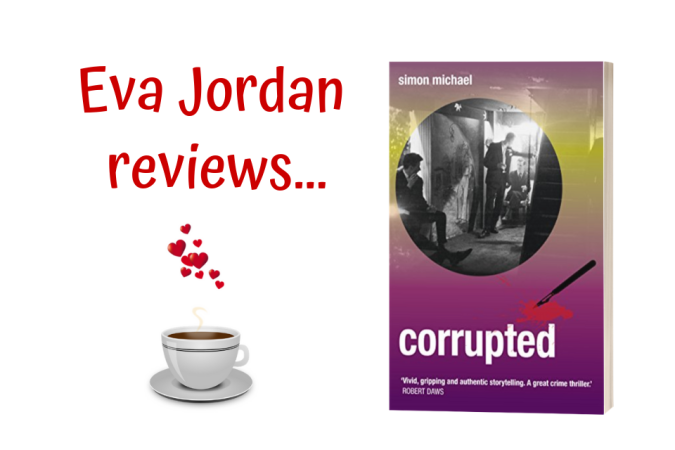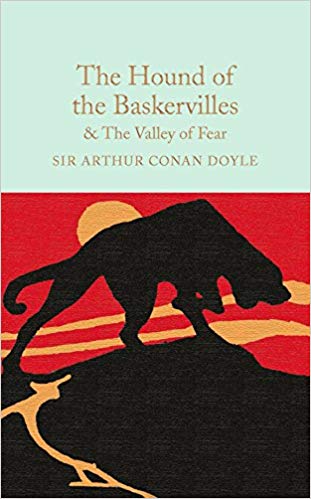
On my blog today, I’m very pleased to welcome the lovely Liza Perrat who has written a guest post about her current novel, The Swooping Magpie.
Hi Liza, it’s an honour to have you here today. I haven’t read it yet but The Swooping Magpie sounds like an amazing but heartbreaking read. Can you tell us a little bit more about it, the story behind it?
The Story Behind The Swooping Magpie
We’ve all heard the terrible stories of the Magdalene Laundries, 18th to late 20th century-institutions housing “fallen women”, term implicating sexual promiscuity or prostitution work. In practice, most of these “laundries” were operated as gruelling work-houses. However, many people are unaware that similar institutions operated in Australia and, inspired by a true-life scandal, this the story behind The Swooping Magpie.
It is difficult for any Australian born after the feminist movement to understand what it was like to be sixteen, pregnant and unmarried in 1970. Marriage was still the vital cornerstone of Australian society and it was impossible to imagine having a child outside of this union blessed by church and state.
So, rather than rejoicing at the new life growing inside her, these girls were hidden away in shame –– at their parents’ house or sent to homes for unmarried mothers.
While The Swooping Magpie demonstrates a society that refused to support mothers battling to raise an infant alone, it also exposes the brutal adoption industry practices that targeted healthy newborn babies for childless couples.
Until the mid-70s it was common practice to adopt out the babies of unwed mothers. In the 1960s, Sydney’s Crown Street Women’s Hospital was one of the largest sources of Australia’s adopted babies. Patient documents from there, and other maternity hospitals show that from the moment most unmarried girls arrived, their records were marked “for adoption”.
They were given three days after the birth to sign the adoption consent, and then thirty days to change their minds. These laws were meant to give legal certainty to adoptive parents while protecting relinquishing mothers’ rights. But in practice, those rights were either denied or the women had no idea they existed.
During this time, approximately 250,000 girls had their newborns taken, many claiming they were pressured into signing consent whilst under the effects of postpartum sedation. Forced to pay this terrible price for pregnancy outside marriage, thousands of women harboured their grief, in silence, for decades.
The Swooping Magpie Book Description
The thunderclap of sexual revolution collides with the black cloud of illegitimacy.
Sixteen-year-old Lindsay Townsend is pretty and popular at school. At home, it’s a different story. Dad belts her and Mum’s either busy or battling a migraine. So when sexy school-teacher Jon Halliwell finds her irresistible, Lindsay believes life is about to change.
She’s not wrong.
Lindsay and Jon pursue their affair in secret because if the school finds out, Jon will lose his job. If Lindsay’s dad finds out, there will be hell to pay. But when a dramatic accident turns her life upside down, Lindsay is separated from the man she loves.
Events spiral beyond her control, emotions conflicting with doubt, loneliness and fear, and Lindsay becomes enmeshed in a shocking true-life Australian scandal. The schoolyard beauty will discover the dangerous games of the adult world. Games that destroy lives.
Lindsay is forced into the toughest choice of her young life. The resulting trauma will forever burden her heart.
Excerpt From Chapter 1
I wrinkle my nostrils against the caustic smell of cat piss as we pick our way across the filthy footpath to the black gate.
My mother steps aside as the high gate creaks open, nods at me to go through. I scowl, don’t move.
‘You heard what your father said, Lindsay.’
With a sigh, I push past her.
The storm flushed away, the humidity has seeped back into the air at this tail-end of another scalding Australian summer. There’s no warmth in me though, only ice-blocks freezing my insides so that I become so cold I can’t stop shivering.
It’s not just the fear that sets me quaking, but the helplessness too. Like when I was a kid about to launch myself down the slippery dip. I’d hesitate, knowing that once I slid off there was no turning back, even if the metal burned my bum raw, or that once I reached the bottom I’d tumble forwards and scrape my knees.
My mother nudges me ahead of her. I don’t realise it yet, and I won’t speak of the whole sorry tale for years to come, since every time I thought about it, the memories would leave me frustrated, sad and angry, but I would recall walking through those black iron gates as crossing the threshold into the darkest hell.
Liza Bio
Liza grew up in Australia, working as a general nurse and midwife. She has now been living in France for over twenty years, where she works as a part-time medical translator and a novelist. She is the author of the historical The Bone Angel series. The first, Spirit of Lost Angels, is set in 18th century revolutionary France. The second, Wolfsangel, is set during the WW2 Nazi Occupation and the French Resistance, and the third novel – Blood Rose Angel –– is set during the 14th century Black Plague years.
The first book in Liza’s new series, The Silent Kookaburra, published in November 2016, is a psychological suspense set in 1970s Australia.
Liza is a co-founder and member of the writers’ collective Triskele Books and also reviews books for Bookmuse. 
Connect with Liza Perrat:
Website
Blog
Twitter
Facebook
Triskele Books
Bookbub
Sign up for her new book releases and receive a FREE copy of Ill-Fated Rose, the short story that inspired The Bone Angel French historical series.
The Swooping Magpie is available in both ebook and paperback at all the usual retailers.

























